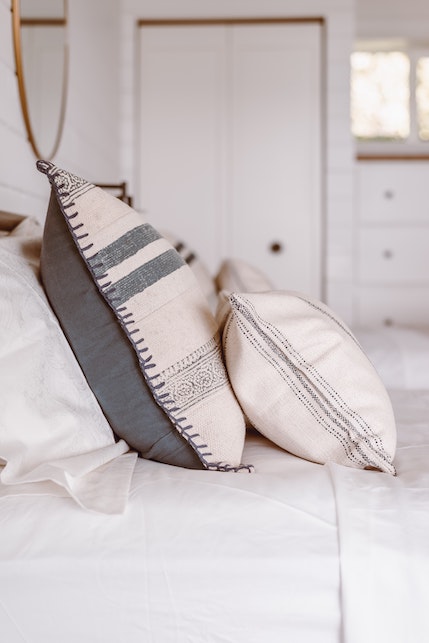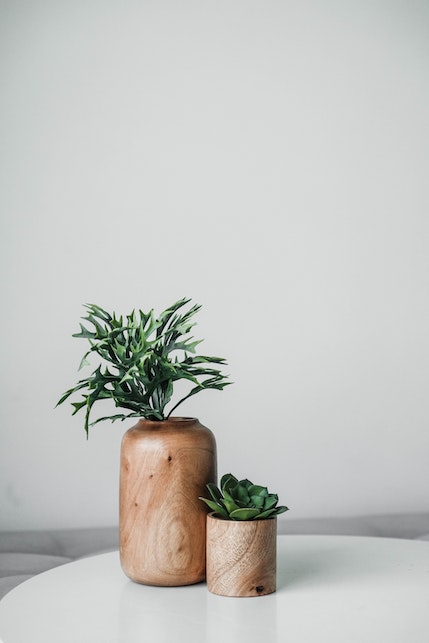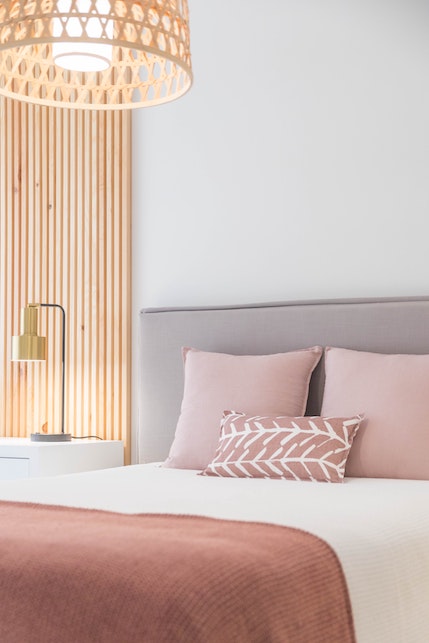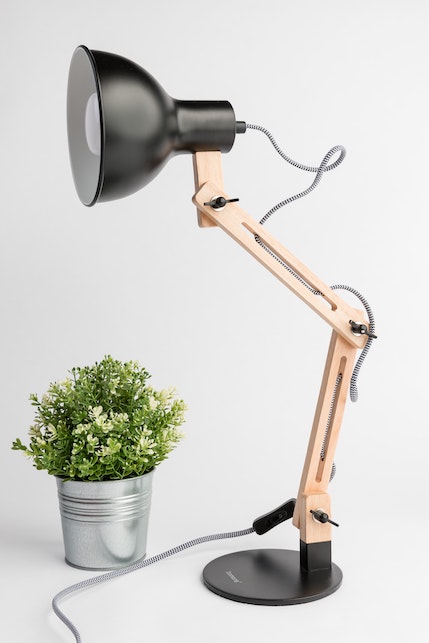Table of Contents
As for the choice of furniture or other elements that make up our home, from wall coverings to floors, even the furnishing accessories can be more or less environmentally friendly. Since each of our choices has repercussions on the environment and on those around us in general, let’s see how to best choose the details that make our home special.
What is meant by furnishing accessories
In my opinion, furnishing accessories are those little things that make our home unique and talk about us. If we want to make a parallel with fashion, they are like the foulard worn to tie the tail, a particular lipstick color, or a bijoux found in a vintage market. They are containers, lamps, furnishings, vases, cushions, frames, ornaments … all those things that too often we tend to buy compulsively.
What are sustainable furnishing accessories
Sustainable means they have the least possible impact on the environment. If we broaden the definition to the concept of social sustainability, then it is important that they are also respectful of the living conditions of the workers involved in their production. There are various types, both by genre and by material. Let’s see some examples together.

Recycled materials
Recycled or regenerated materials are always a great choice when it comes to sustainability: recycled technopolymers, plastic materials derived from PET or regenerated nylon are excellent options. Carpets and lanes, for example, can be in the latter material.
Recycled materials
THE recycled materials are always one of the most sustainable and ecological choices ever, because they reuse existing objects to give them new life and make them become something completely new: it is a bit of the concept of upcycling, in which something that would be destined to be disposed of as waste it becomes a refined and even design object. Wood and metals lend themselves very well, for example, to make frames, but also containers or furnishings with a vintage or industrial taste. In the case of wood, check its origin: there is reclaimed wood that comes from old furniture or houses, or even from artificial reservoirs or river beds.

Bio materials
Bioplastics are now also used for furniture. Companies such as Kartell, which have based their production on plastic materials, have presented some of their iconic products made of biobased plastics or even regenerated or recycled plastics.
Certified materials
Among the furnishing accessories there are certainly textiles: rugs, cushions, runners and the like. In this case, check that the fibers are OEKO-Tex or GOTS certified, in order to be sure of their origin. As for the certifications, in the case of wood, if it were not recovered, make sure that it bears the wording FSC, i.e. coming from responsibly cultivated forest areas, which are periodically reforested.

Natural materials
Fibers such as raffia, hemp, bamboo and jute can be used to make containers and other details that will give a natural touch to your home. In this case, if they are not in natural colors, check that they are dyed to respect the environment.
Sustainable furnishing accessories: they must last over time
Like any purchase that wants to be sustainable, even for furnishing accessories a detail to check is that the object can be repaired, renovated or simply washed at home or easily removed. This may mean it has to be easy to disassemble and reassemble, think for example of the fabric lampshade of a lamp.












